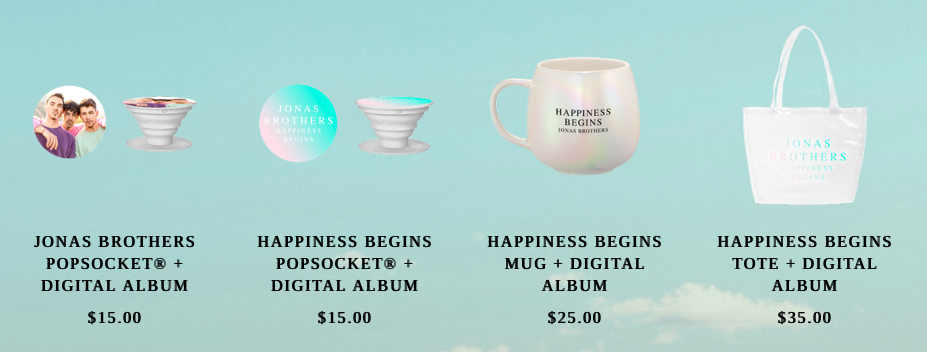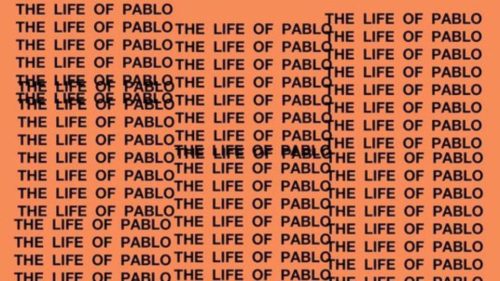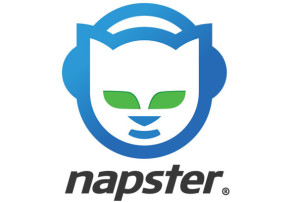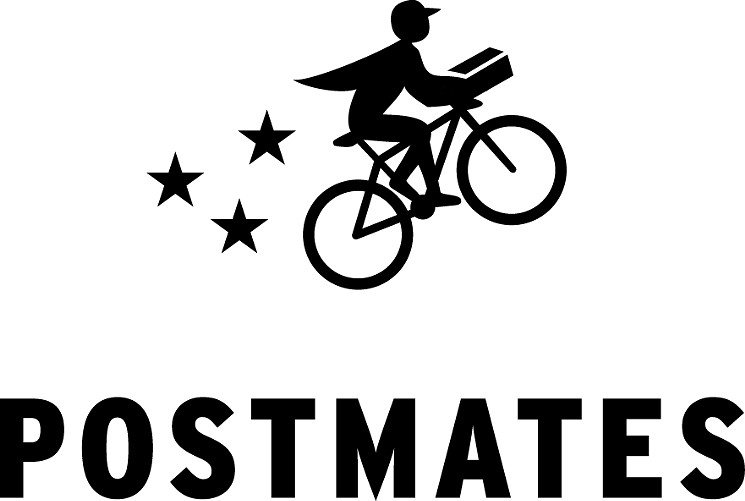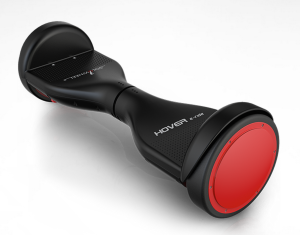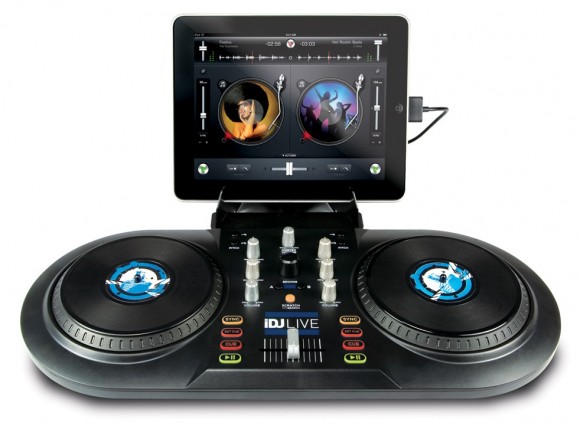
Photo from http://cdn.slashgear.com/wp-content/uploads/2011/07/numark_idj_live_2-580×426.jpg
Since the introduction of programs like Serato and Traktor, the profession of DJing has changed significantly. The expense of records, mixers, and turntables prevented most people from trying the craft, but digital solutions completely destroyed this barrier. Instead of spending thousands on records and equipment, DJs could digitally purchase the tracks they wanted and mix these songs with a cheap MIDI controller. The accessibility of digital mixing tools has created a surge of amateurs, and existing DJs have seen their profession saturated with beginners willing to perform for less. However, while this situation is not ideal for professional DJs, the rise in amateur DJs is great for the music industry.
As streaming solutions continue to increase in popularity, music sales will keep declining. Music sales still have one key advantage though: the customer receives the file. While this difference does not mean a lot to the average consumer, it does mean something for DJs. Maintaining an up-to-date and extensive library is essential for professional DJs, and streaming solutions cannot replace an organized collection of .wav and MP3 files. Services like Pulselocker have attempted to bridge the gap between streaming and offline music collections, but limitations –such Pulselocker’s size constraints for offline libraries– still hinder streaming’s viability for DJs.
In order to reduce bandwidth expenses for both the consumer and service provider, streaming services also enlist compression algorithms A Time’s article from March of 2014 (pre-Apple Music and Tidal) broke down the various bitrates across different streaming platforms. Looking at the charts, not a single service streams with lossless compression, meaning that consumers, at the most, are listening to MP3-quality files. Once again, this compression does not mean much for the average consumer, who might bot even be able to tell the difference between different quality streams. For DJs, however, high quality files are integral for maintaining the upmost sound quality on large systems. Hoping to capitalize on the lack of lossless streaming services, Jay-Z’s Tidal entered the music space earlier this year, boasting uncompressed, 1411 KBPS streaming. Tidal does not integrate with any digital DJ programs though, making it an unlikely solution for DJs maintaining a large song collection. Pulselocker has software integration tools, but the quality is only 320 KBPS, leaving room for improvement. Pulselocker is on the right track with offline song use and DJ software integrations, but the service’s limited catalog and lossy streaming will limit widespread adoption for the foreseeable future.
Professional DJs have witnessed their craft flooded with amateurs, but hopefully these same amateurs can help the music industry as a whole. Amateurs have undoubtedly saturated the profession of DJing to a point where many music fans no longer appreciate the skill that goes into mixing tracks, but amateurs might also prove to be the only music listeners who actually buy music. Record labels would be wise to cater to the aspiring DJ demographic –especially younger DJs who’s music-purchasing habits are still very impressionable. If labels can convince young DJs that purchasing music is better than streaming or pirating, the music industry might be able to maintain a small, but active group of listeners who consistently purchase music. While it is easy to empathize with professionals who are constantly undercut by amateur DJs, these amateurs have the potential to help record sales in a culture where people don’t buy albums.
